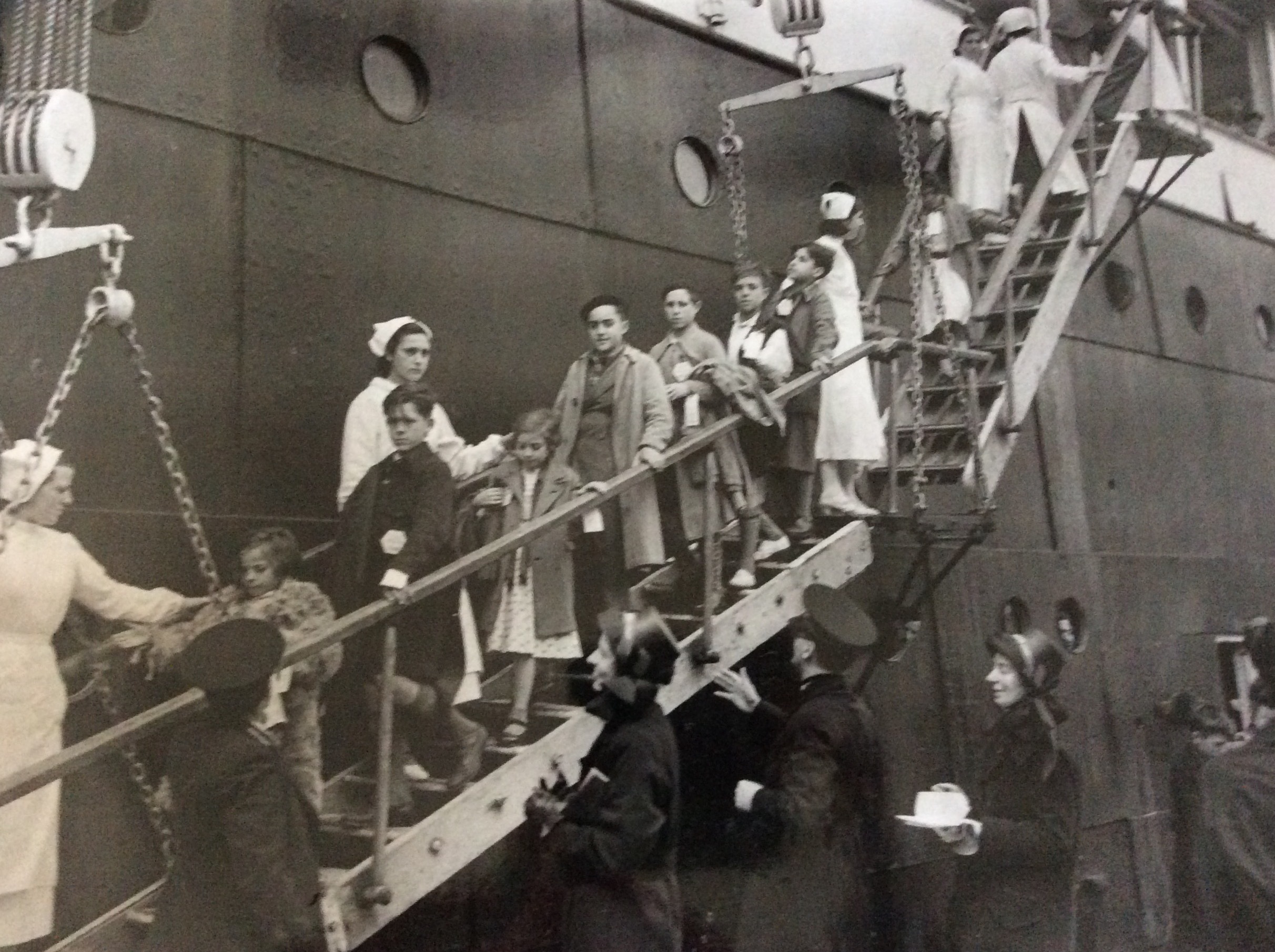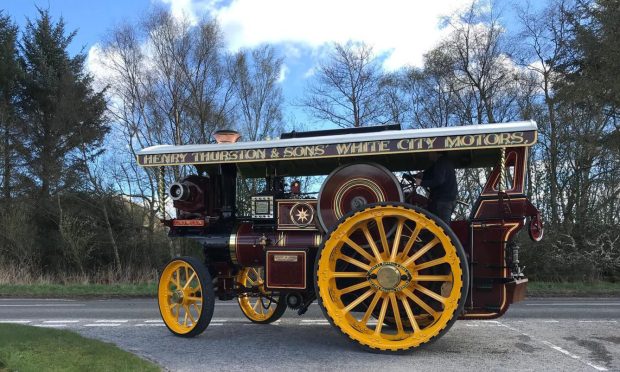A concert will commemorate 80 years since a Spanish Civil War refugee colony arrived in Montrose.
On September 17 1937, 24 children aged between five and 15 arrived at Montrose Station where they were greeted by a welcome banner ‘Viva Spain Salud!’
The 24 boys and girls who had arrived from the Basque Country were torn away from their families to escape the Spanish Civil War.
Folk duo Na-Mara and Scottish-Spanish folk collective Gallo Rojo will perform at the Neptune Bar in Montrose on October 7.
The father of Na-Mara’s Rob Garcia was one of the children evacuated to Montrose.
Mr Garcia said: “Fausto Garcia arrived in Southampton alongside 4,000 other child refugees evacuated from Bilbao in May 1937.
“After spending time in a refugee camp near Southampton, Fausto and his brother were sent to a series of refugee ‘colonies’ around the UK providing care for the Niños. This included the colony established in Montrose.”
Alongside songs pertaining to the Spanish Civil War, Na-Mara will perform songs that tell the story of the Niños whose experiences hold many lessons for responding to current child refugee crises, such as in Syria.
Folk collective Gallo Rojo draw on a variety of traditions for their music. Many of their songs, sung in both Spanish and English, were written in the 1930s by those directly involved in the Spanish Civil War.
A cargo ship filled with thousands of children set sail from Spain to Britain to escape on a journey that would ultimately allow a colony of Spanish children to stay in Angus.
The destruction of the town of Guernica by Nazi planes under the direction of Francisco Franco in April 1937 saw the Basque government appeal to foreign nations to give temporary asylum to children.
Although the British government adhered to its policy of non-intervention, an old steamship designed to carry 800 passengers was loaded with 3,840 children, 80 teachers, 120 helpers, 15 Catholic priests and two doctors and set sail for Southampton Docks.
Children moved into Mall Park House in Montrose, a former mansion house owned by the Dundee Free Breakfast Mission. It was the only colony to be located in Scotland.
Miss May Wilson, who was fluent in Spanish, was put in charge at Montrose, while Basque teacher Adelina Larraga and helper and cook Maria Blanco came with the children.
In all, the Basque children stayed in Montrose for almost three years.
Simon Martinez from the Basque Children of ’37 Association said: “These children had been evacuated following the bombing of Guernica and other cities.
“They arrived here in Scotland, England and Wales with the permission of the British Government but were entirely supported by voluntary contributions from individuals, churches, trade unions, political parties and the Co-op.
“Some of them came to Montrose.”










